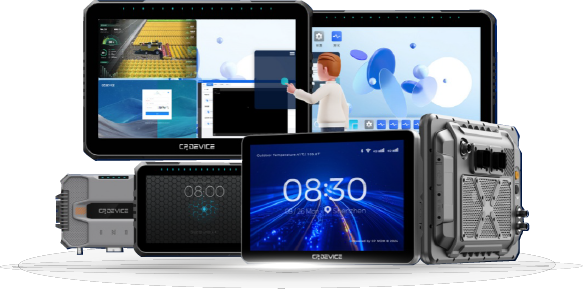
In the fast-evolving world of modern vehicles, connectivity isn't just a luxury—it's the backbone of innovation. As cars transform into sophisticated rolling computers, Automotive Ethernet emerges as the high-speed nervous system enabling everything from seamless infotainment to life-saving Advanced Driver Assistance Systems (ADAS) and the promise of fully autonomous driving. This article dives deep into Automotive Ethernet, exploring its origins, technical prowess, and real-world applications. We'll also spotlight how platforms like CPDEVICE are democratizing access to this technology, empowering developers and businesses to harness its potential.
The automobile has come a long way from its mechanical roots. In the early 20th century, cars were rudimentary machines powered by combustion engines with minimal electrical components—think basic lighting and ignition systems. The 1960s marked a turning point with the introduction of electronic fuel injection and anti-lock braking systems (ABS), which relied on simple microprocessors to enhance performance and safety. By the 1980s and 1990s, Electronic Control Units (ECUs) proliferated, managing everything from engine timing to airbag deployment. The average vehicle in the 1990s had about 10-20 ECUs; today, that number exceeds 100, with electronic content accounting for up to 40% of a car's total cost.
Fast-forward to the 2020s: Vehicles are now data-hungry behemoths. The automotive software market is projected to grow at 9.4% annually through 2030, reaching $144 billion for ECUs and domain control units alone. Sensors, cameras, and AI processors generate terabytes of data daily, demanding robust networking to process it in real-time. This surge—driven by electrification, connectivity, and autonomy—has shifted cars from isolated machines to integrated ecosystems, where over-the-air (OTA) updates and cloud integration are the norm. As a result, the average vehicle age has climbed to 12.6 years, thanks to durable electronics, but future models must endure 20+ years of software evolution. This electronic renaissance sets the stage for Automotive Ethernet, the protocol bridging yesterday's buses with tomorrow's intelligent highways.
Automotive networking didn't start with Ethernet; it evolved from simpler protocols to meet escalating demands. In the 1980s, the Controller Area Network (CAN) bus debuted as the first in-vehicle standard, offering 1 Mbps speeds for basic ECU communication. By the 1990s, CAN dominated, but multimedia and diagnostics pushed limits, leading to Media Oriented Systems Transport (MOST) for infotainment at 150 Mbps over fiber optics.
The Ethernet revolution ignited in the early 2000s with Broadcom's BroadR-Reach initiative in 2008, aiming to adapt standard Ethernet for automotive harshness—vibrations, temperature extremes, and electromagnetic interference (EMI). This laid the groundwork for the Open Alliance, formed in 2011 to standardize Automotive Ethernet. Key milestones followed:
This decade-spanning journey reflects a shift from domain-specific networks to a unified, scalable Ethernet fabric, enabling the software-defined vehicles of today.
At its core, Automotive Ethernet is a suite of protocols adapting IEEE 802.3 Ethernet standards for in-vehicle use. Unlike traditional office networks, it's engineered for the automotive ecosystem: connecting ECUs, sensors, displays, and gateways with high-speed, reliable data transfer. It operates on the OSI model's physical and data link layers, using Time-Sensitive Networking (TSN) extensions for deterministic, low-latency communication—crucial for safety.
Think of it as the "internet of the car": A backbone that streams 4K video from rear cameras, fuses LiDAR data for obstacle detection, and syncs cloud updates for navigation. Adopted by giants like Tesla and Volkswagen, it's the enabler of Software-Defined Vehicles (SDVs), where features evolve via code rather than hardware swaps.
While both stem from the same Ethernet family, Automotive Ethernet is ruggedized for mobility's chaos. Regular Ethernet (e.g., 1000BASE-T) thrives in stable environments like data centers, using four twisted pairs for full-duplex gigabit speeds up to 100 meters. It prioritizes throughput over resilience, with shielding to combat crosstalk but vulnerability to EMI in dynamic settings.
Automotive Ethernet diverges in the physical layer:
| Aspect | Regular Ethernet | Automotive Ethernet |
|---|---|---|
| Wiring | 4-8 twisted pairs, shielded | Single unshielded twisted pair (UTP) for weight/cost savings (up to 40% less copper) |
| Speed Range | 10 Mbps to 100+ Gbps | 10 Mbps to 10 Gbps (scalable) |
| Distance | Up to 100m | 15-40m per segment (repeaters for longer) |
| Environment | Controlled (offices/homes) | Harsh: -40°C to 105°C, vibrations, EMI |
| Power Delivery | Optional PoE | Integrated Power over Data Line (PoDL) for simplified cabling |
| Encoding | PAM-5/64B/65B | PAM-3/4 for noise immunity; full-duplex bidirectional |
These adaptations make Automotive Ethernet lighter (reducing vehicle weight by 1-2 kg), cheaper, and more EMI-resistant via advanced error correction. It's not a replacement for CAN/FlexRay in ultra-low-speed tasks but a high-bandwidth overlay.
Automotive Ethernet shines where data deluges demand speed: ADAS, infotainment, and autonomous driving. In ADAS, it fuses multi-gigabit streams from radars, ultrasonics, and 360° cameras for features like adaptive cruise control and lane-keeping—processing up to 24 Gbps aggregate bandwidth. For infotainment, it powers 8K displays, OTA entertainment, and telematics, syncing Spotify with vehicle diagnostics seamlessly.
Autonomy amplifies this: Level 3+ systems require TSN for jitter-free sensor fusion, ensuring a central AI brain reacts in milliseconds to pedestrian threats. Ethernet also enables Vehicle-to-Everything (V2X) gateways, bridging in-car nets to 5G clouds for traffic optimization. By 2030, it's projected to handle 80% of in-vehicle data flows, from predictive maintenance to personalized cockpits.
Automotive Ethernet's toolkit is vast, blending familiarity with automotive tweaks:
Standards like IEEE 802.3cg (2019) add 10 Mbps single-pair for legacy integration, ensuring backward compatibility.
Bandwidth is Automotive Ethernet's superpower. Starting at 100 Mbps (100BASE-T1), it matches Fast Ethernet but over UTP, supporting HD video without fiber's fragility. Gigabit (1000BASE-T1) handles 1 Gbps full-duplex for raw camera feeds—think 30 fps at 1080p per channel.
Multi-gig evolutions push boundaries: 2.5/5/10GBASE-T1 (802.3ch) delivers 10 Gbps over 15m, aggregating 100+ camera streams for HD maps in autonomy. Future 25G/50G specs (under development) target exascale AI processing. With TSN, effective throughput rivals fiber at a fraction of the cost, enabling zonal controllers that consolidate 10+ ECUs into one.
CPDEVICE is the Swiss Army knife for automotive tinkerers—an open-source IoT dongle built on the Raspberry Pi Compute Module 4 (with support for Zero/3/4 variants). It plugs directly into OBD-II ports, delivering dual CAN-FD, GPS, 4G LTE, and Ethernet connectivity. Powered by SocketCAN integration, it enables developers to script custom Python apps, from dash cams to fleet telemetry systems.
At its core, the BCM2711 quad-core A72 processor supports Ethernet at 1 Gbps+ speeds, with GPIO pins for easy sensor integrations and hacks. Pair it with cloud dashboards like AWS or Azure to stream data, transforming your Pi into a robust edge gateway. Open-source GitHub repositories provide ready-to-use tools, such as Ethernet-over-CAN bridges, perfect for prototyping ADAS nodes. Enthusiasts craft touch-screen carputers, while professionals simulate zonal networks—all for under $200.
In today's zonal vehicle designs, telematics gateways serve as central hubs for communication and data processing. They merge legacy gateway functions—bridging data between electronic control units (ECUs)—with telematics units for logging, diagnostics, and external network connectivity. As modular computing platforms, these gateways facilitate seamless data exchange between multiple ECUs and cloud servers, acting as bridges between traditional CAN networks and emerging Automotive Ethernet.
Integrated with wireless modules like LTE and Wi-Fi, telematics gateways form a core building block in evolving ECU and vehicle network topologies. Technologies like 100BASE-T1 accelerate in-vehicle networking, fostering advanced automotive systems. Yet, with the industry's deep investment in legacy CAN, a hybrid future awaits: a blend of non-Ethernet and Ethernet-based ECUs and gateways, ensuring smooth transitions.
CPDEVICE, an embedded systems engineering and solutions company, specializes in designing and manufacturing telematics control units, gateways, and connected automotive solutions. With a strategic focus on the automotive vertical, we empower OEMs through edge computing platforms, telematics innovations, and ODM design services—unlocking the full potential of connected vehicles.
For businesses, CPDEVICE bridges lab to road. Fleet operators use it for Ethernet-enabled predictive maintenance, analyzing vibration data via TSN streams to preempt failures—cutting downtime by 30%. OEMs prototype infotainment with Pi's HDMI output, testing 100BASE-T1 compliance before silicon spins.
Startups leverage CPDEVICE's modularity: Add Ethernet PHY hats for 10G testing, integrate with ROS2 for autonomous sims. Its OBD-to-cloud pipeline supports V2X proofs-of-concept, accelerating time-to-market. With community plugins for DoIP diagnostics, it's a low-barrier entry to Ethernet's ecosystem—scalable from MVP to production.
Automotive Ethernet isn't just wiring; it's the accelerator pedal for smarter, safer mobility. From humble CAN roots to gigabit futures, it's powering the ADAS alerts that save lives, the infotainment feeds that entertain, and the autonomous brains that redefine driving. Platforms like CPDEVICE make this tech accessible, inviting innovators to code the next era. As vehicles electrify and connect, Ethernet will be the constant—fast, flexible, and future-proof. Buckle up; the network revolution is in full throttle.


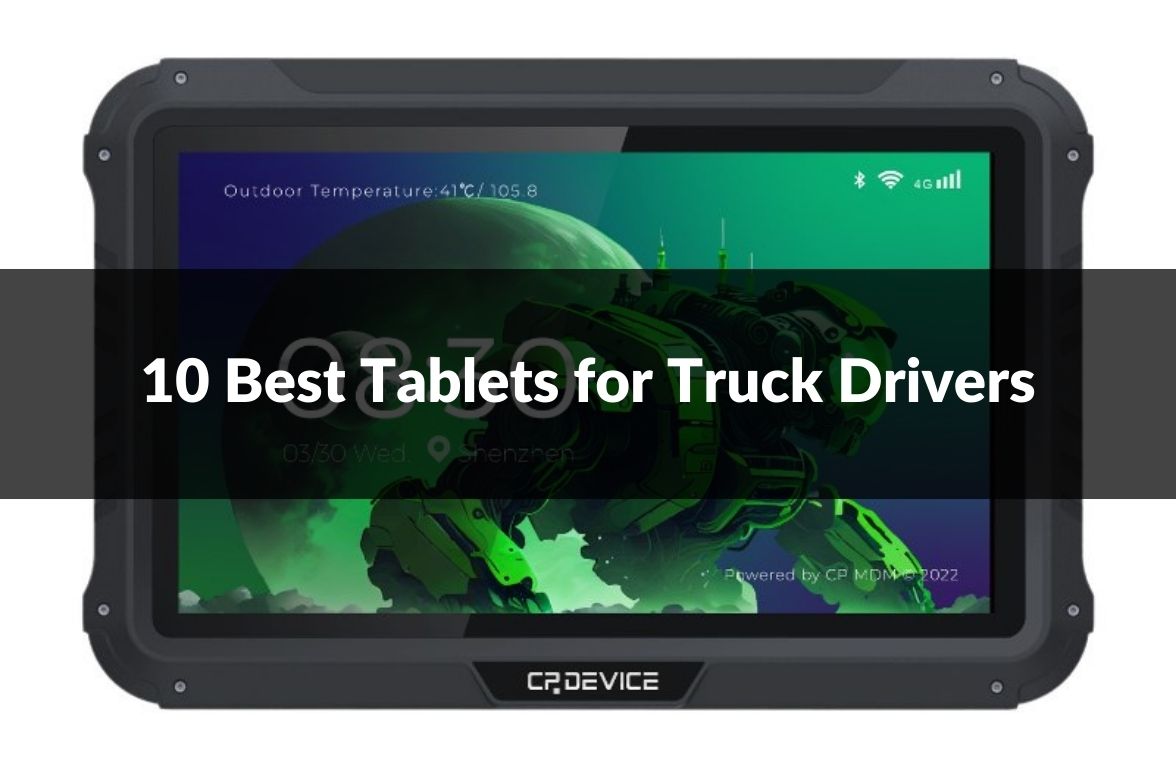
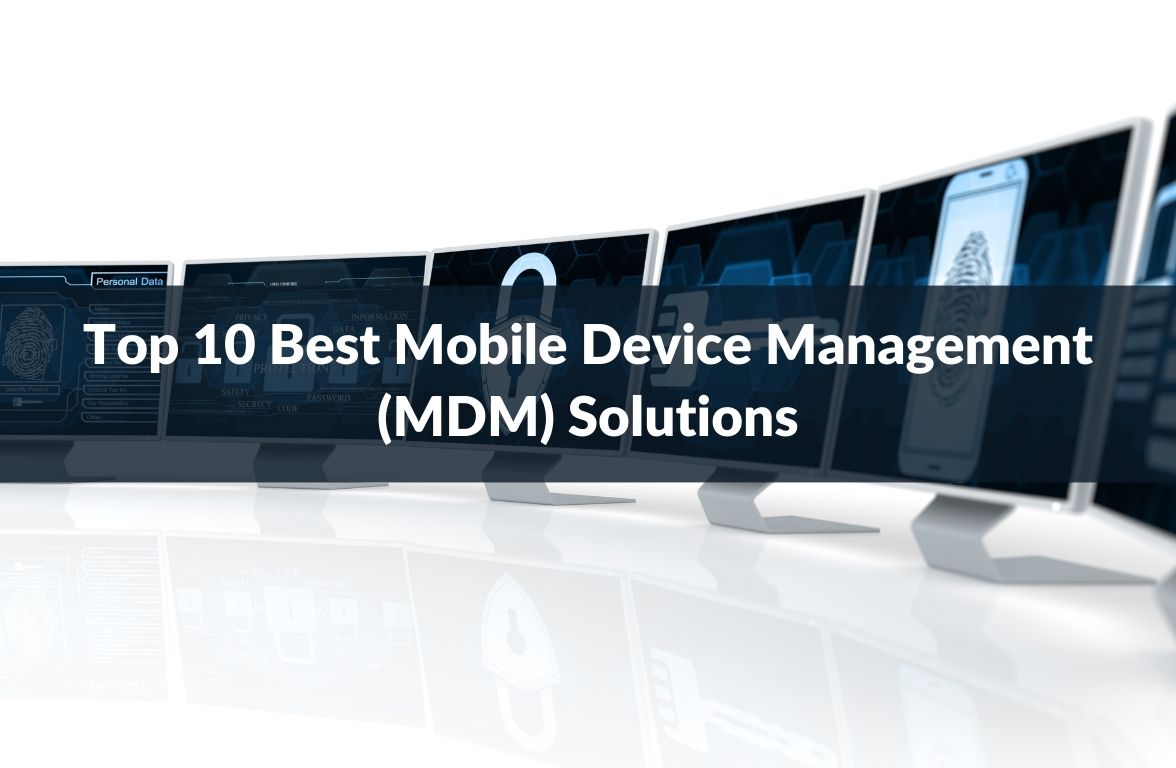




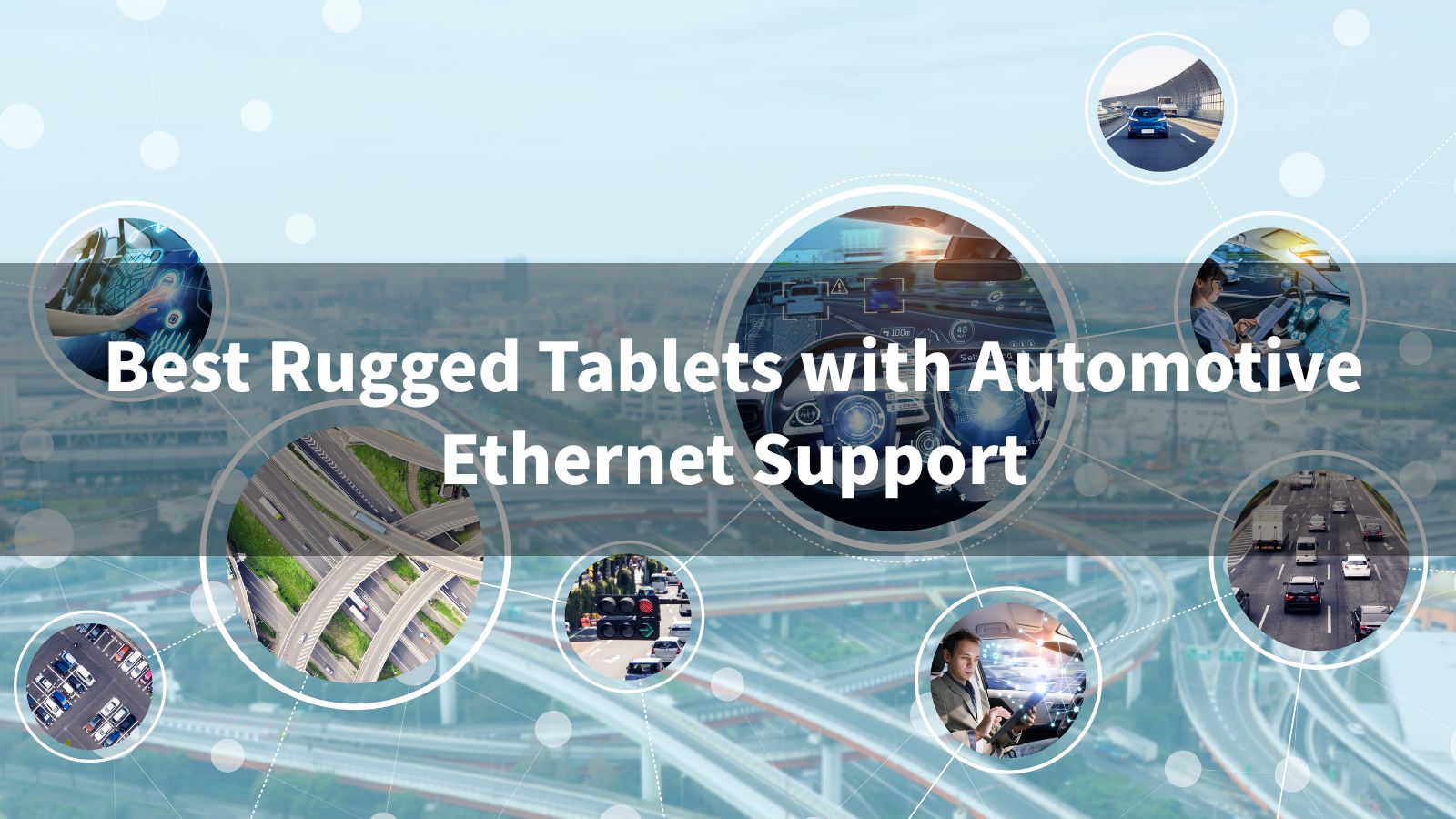




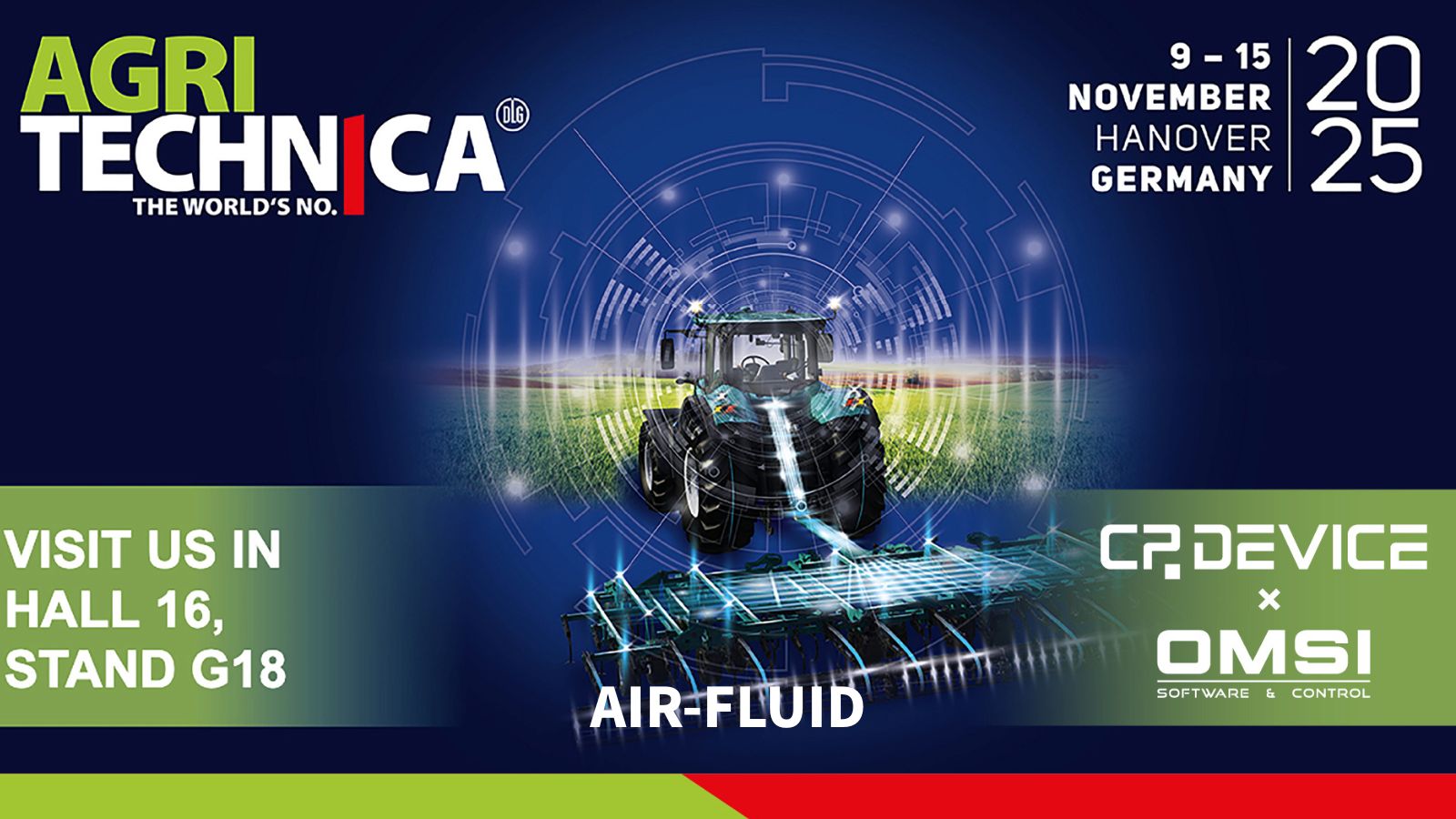
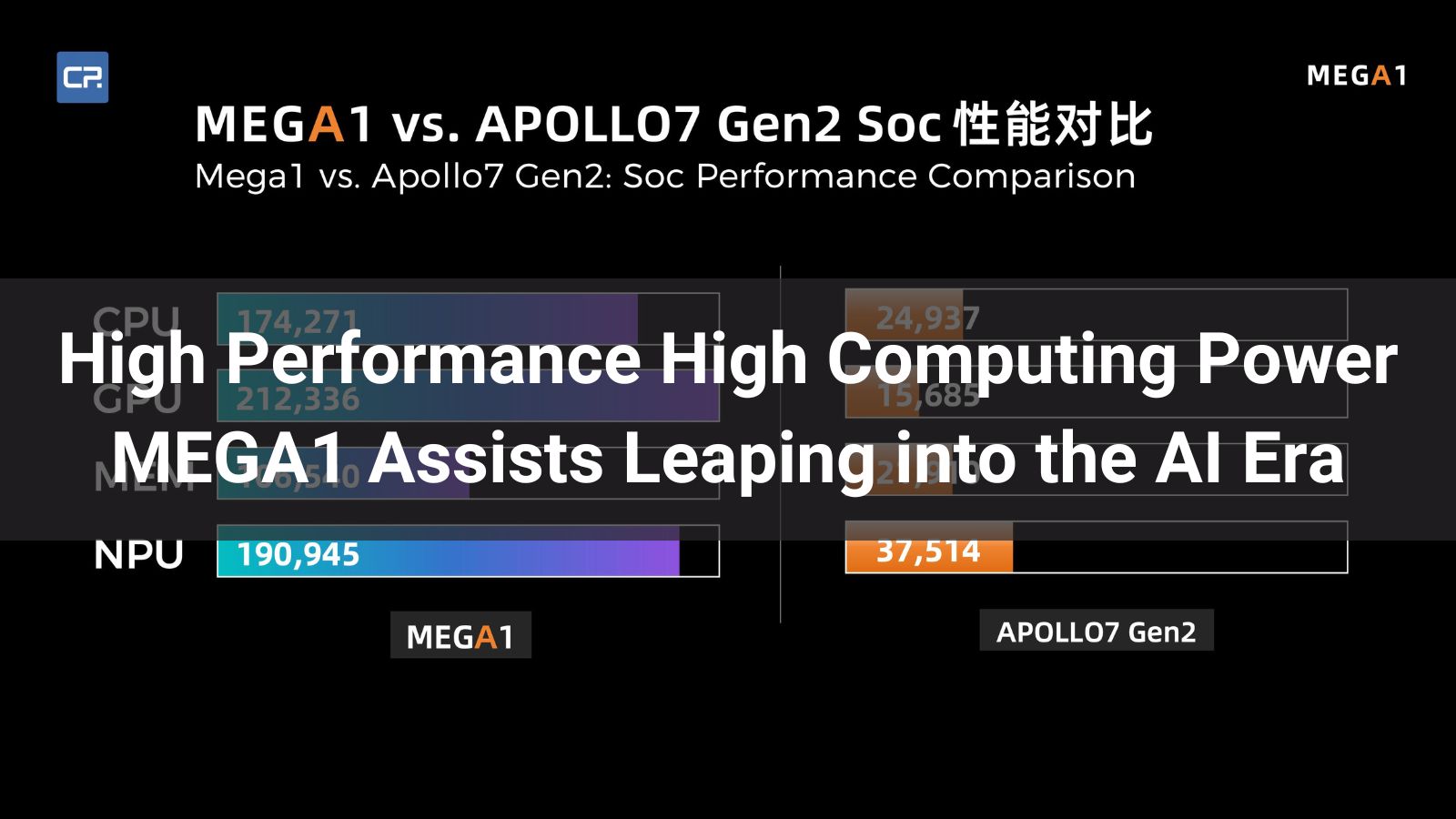

*We respect your confidentiality and all information are protected.

Whether you are looking for a rugged device that can handle extreme cold or heat, a compact device that can fit in tight spaces, or a versatile device that can support multiple applications and accessories, you will find the right solution among these top 10 vehicle mounted computer manufacturers.

These specialized devices are essential for vehicle diagnostics, ADAS testing, in-vehicle networking, and industrial applications in harsh environments like mining, construction, and fleet management, where high-speed, reliable single-pair Ethernet connectivity outperforms traditional CAN bus systems.

Whether you're in construction, outdoor adventures, or the defense sector, understanding how to choose the right rugged tablet is crucial. Dive into our comprehensive guide to explore the rise, features, and benefits of these robust devices.
